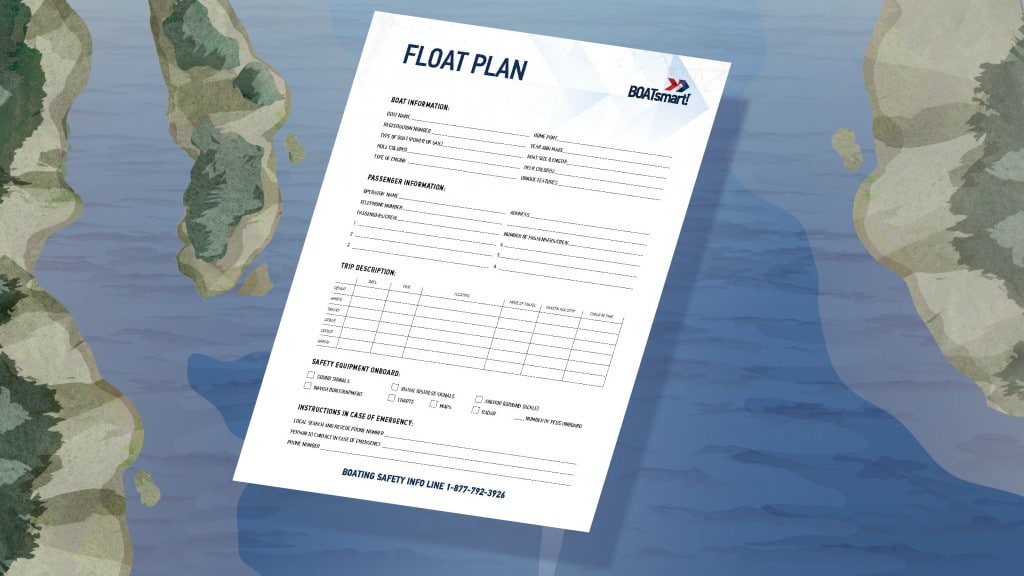What is a Float Plan?
A Float Plan, also called a Trip Plan, is a document that outlines your expected travel journey while boating. Consider it a way of leaving a footprint on the water that can be followed by anyone who may be searching for you.
Where to Leave Your Plan
Your Float Plan should be left on shore with a responsible person, or with the local marina. That way, if you don’t return from your trip, the person with your Float Plan can use the information to help rescue teams locate you.
No matter who it is, just make sure to leave your Plan with someone you trust. This person will need to react immediately and use the information appropriately if there is an emergency.
The Communication Forms of a Float Plan
At minimum, you can text, email, make a phone call or leave a note. You can even leave a status update on Facebook with the following information that will help point your friends to your “W”hereabouts:
- What are you doing?
- Where are you going?
- When will you return?
- Who are you going with?
Download a free BOATsmart! Float Plan here!
What to include:
Your Float Plan should include the following information:
Your boat information:
- The name of your boat
- The boat registration number
- Type of boat (whether it’s power, sail or paddle)
- The boat’s size and color
- The year and make of your boat
- The type of engine
- Unique features of the boat (like a flag or wakeboard tower)
Your boat’s safety equipment:
- Sound signals
- Visual distress signals
- Anchor (ground tackle)
- Navigation equipment
- Charts/maps/radar
- Number of life jackets on board
Passenger information:
- The boat operator’s name, address and telephone number
- The number of passengers on board and the name of each passenger
Trip description:
- Time of trip departure
- Time of trip return
- The proposed route
- Instructions in case of emergency




